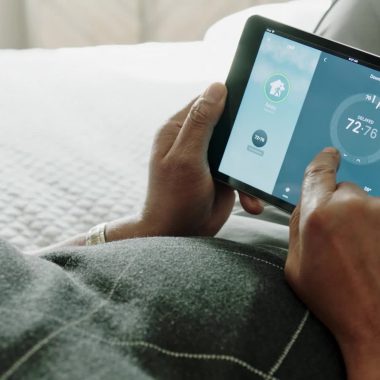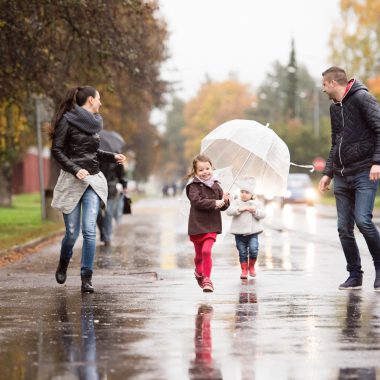Your home is more than just a roof over your head, it’s your most valuable asset – one that you may not be able to afford to replace out-of-pocket should disaster strike. That’s why protecting your home with the right coverage is so important. Homeowner’s insurance is essentially a safety net for your home, allowing you to repair or rebuild your home if damaged by an event covered in your policy.
That being said, home insurance does not cover every possible disaster. Here we will cover what is and is not covered in a typical homeowner’s insurance policy.
What is typically covered by home insurance?
- Damage to your home’s structure.
- Damage to other structures surrounding your home like your driveway, fence or tool shed.
- Additional living expenses if your place becomes uninhabitable due to a covered peril, such as hotel bills.
- Reimbursement for personal belongings after a covered loss.
- Liability or personal liability coverage to help pay for costs resulting from an injury to someone else or damage to their property if you are found liable.
What is usually not covered?
So now we have covered what homeowner’s insurance protects you from. But what isn’t covered by your standard homeowner’s insurance policy? Most of the below items will require additional policies on top of your standard homeowner’s coverage.
- Floods
- Earthquakes
- Home Businesses
- Termites and Bed Bugs
- Neglect or Wear-and-Tear
- Short-Term Rentals or Home Sharing
- Mold
- Nuclear Hazards
- Trampolines, Diving Boards





